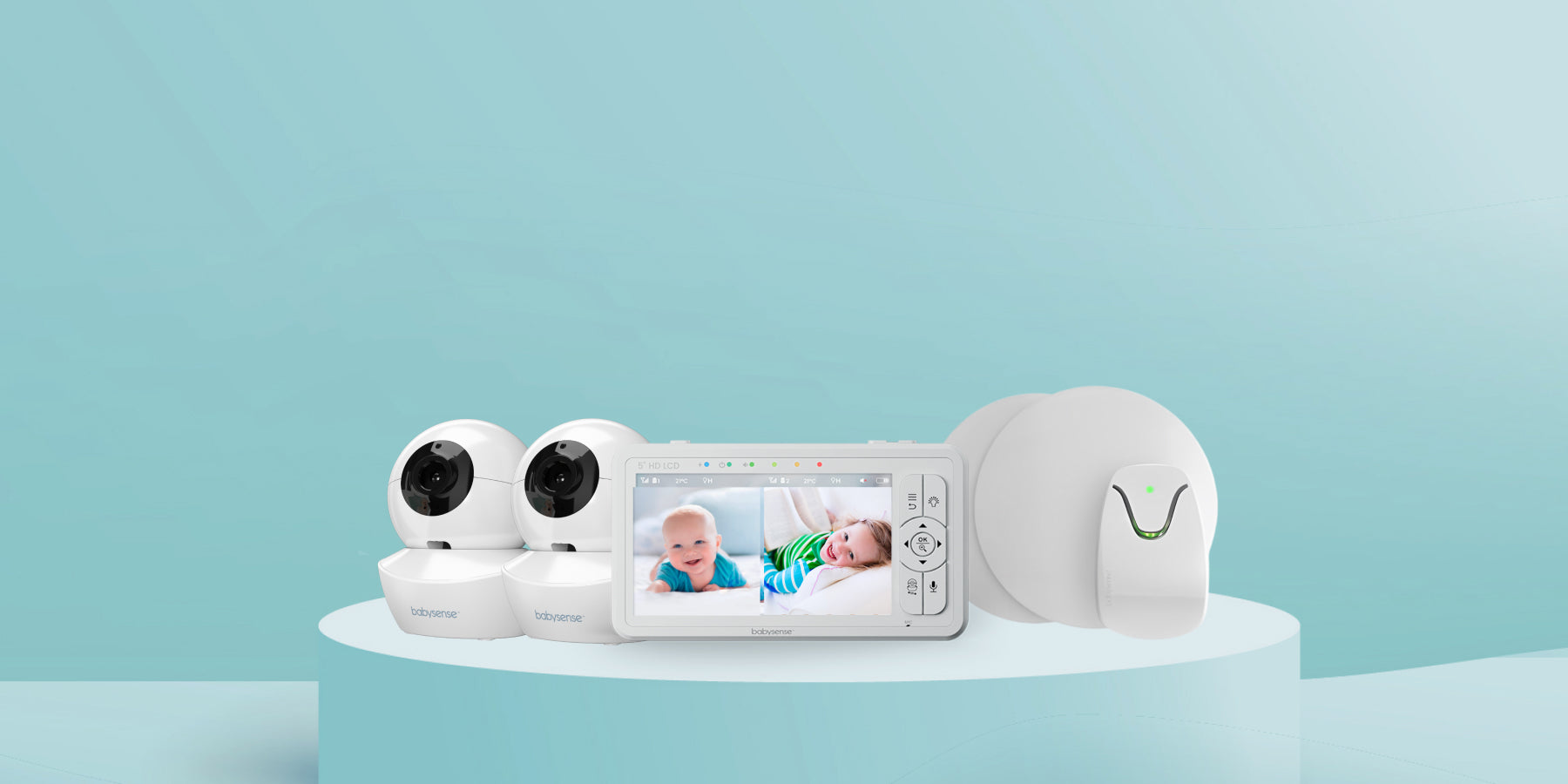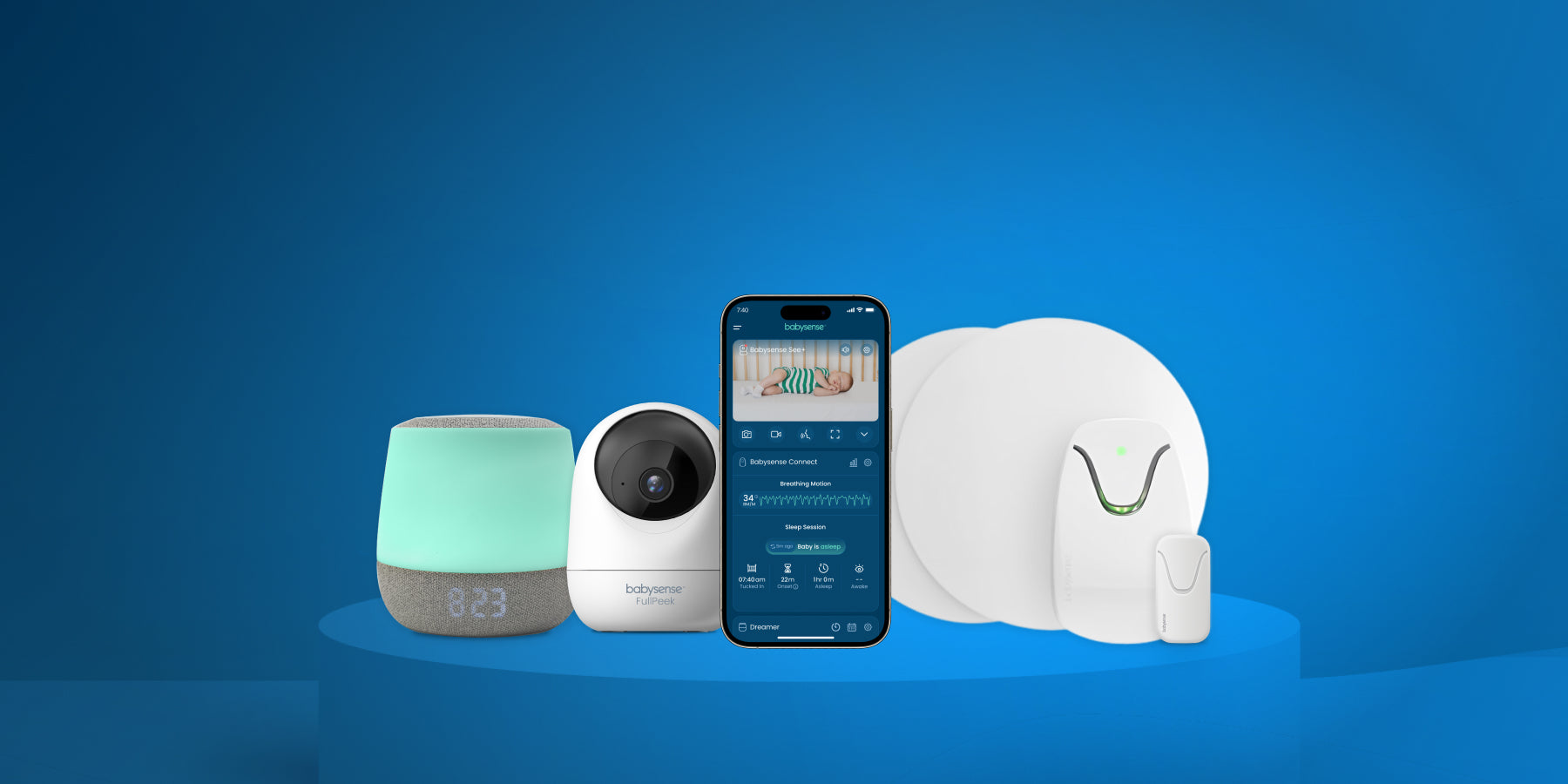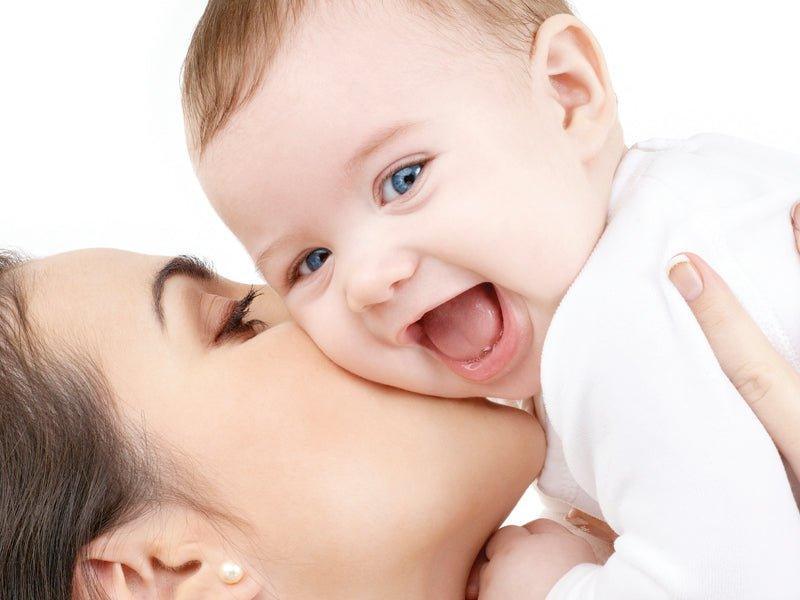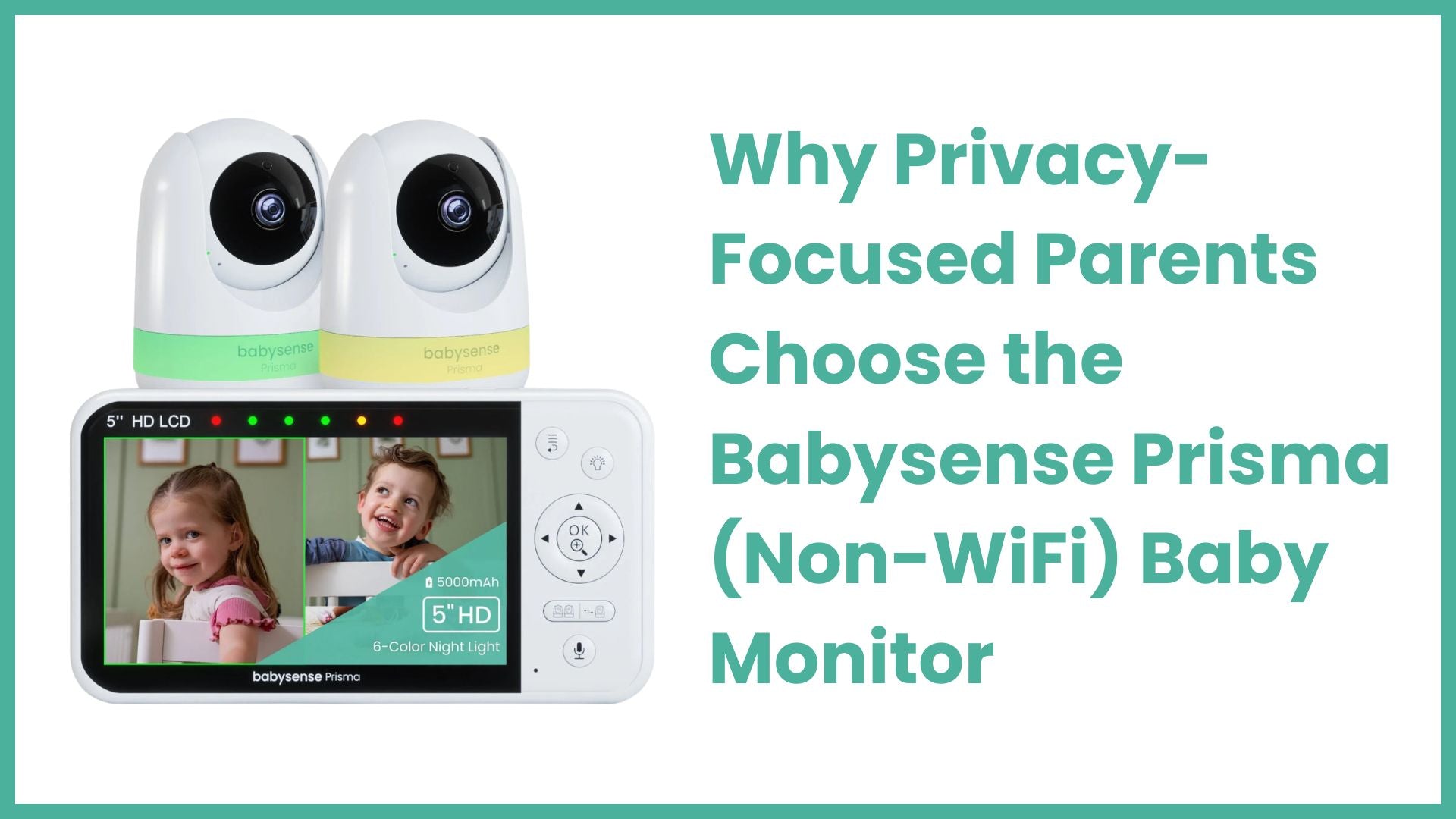It’s empowering to know what to play and when—without adding more to your to-do list. The simplest, most powerful stimulation happens in daily care: feeding, bathing, dressing, diaper changes. Watch what your baby notices, repeat it, and add small variations. YOU are your baby’s first and favorite play-mate.
Quick take: Choose play that lights up vision, hearing, touch, and movement. Follow your baby’s lead, keep it brief and joyful, and repeat what they love. Small, consistent moments wire big skills.
Why Everyday Play Matters
Warm, predictable interactions with a loving caregiver are the strongest “curriculum” in the first year. These moments build attention, motor skills, language, and a secure sense of self.
- Feeding: Eye contact, sing a simple rhyme, name tastes (“sweet pear!”).
- Bathing: Pouring, splashing, naming body parts (“toes, knees”).
- Dressing/diapering: Peekaboo with a onesie, gentle massage, tracking a bright sock.
- Notice what they stare at, reach for, or vocalize about.
- Repeat it, then add a tiny twist (new texture, new sound, slightly farther reach).
Play Ideas by Age (0–12 Months)
0–3 months: bonding, calming, tummy-time basics
- Vision: High-contrast cards 8–12 inches from face; slow side-to-side tracking.
- Hearing: Soft singing; gentle rattle from left/right to build localization.
- Touch: Hand-to-hand games, infant massage after bath.
- Movement: 2–3 short tummy-time sessions daily on a firm surface; roll to side for mini-push-ups.
Newborns tire fast—aim for a few calm minutes, many times a day.
3–6 months: reaching, rolling, cause-and-effect
- Sitting prep: Supported sitting with a small towel roll at hips; reach for soft rings.
- Cause & effect: Crinkle books, easy-to-kick floor piano, fabric pull-tabs.
- Language: Copy their coos; pause to let baby “answer.”
- Object permanence (early): Half-hide a toy under cloth; let them find it.
6–9 months: stable sitting, two-hand play, early crawling
- Hands together: Bang two blocks; transfer toys hand-to-hand.
- Pincer beginnings: Pick up puffs/peas with thumb–index (close supervision).
- Gross motor: Tunnel play, reaching across body for toys, pivoting on tummy.
- Language: Babbling strings (“baba/dada”); simple routines (“all done,” “come here”).
9–12 months: crawling/climbing, pointing, social play
- Movement: Couch-cruising with support; push-toys for supervised walking practice.
- Problem-solving: Fill-and-dump bins, large shape sorters, containers to twist/turn/pull.
- Social: Copycat games (clap, wave, “so big!”); gentle “give and take.”
- Language: Name everyday objects; ask “Where’s Dad?” and wait for a look/point.
As confidence grows, babies become more purposeful and expressive—communicating wants, exploring cause-and-effect, and enjoying peers (with pokes and pushes as they learn boundaries). This is normal social learning; stay close to model gentle touch.
Parent Groups & Workshops
Baby clinics, friend circles, and mother-baby workshops offer support, ideas, and perspective. Group time helps you understand behaviors and milestones and discover new sensory and motor activities to try.
Safety Quick Tips
- Supervise all play; keep small objects away to prevent choking. Review AAP choking prevention.
- Tummy time/play on a firm surface; avoid sit-in walkers. See AAP tummy time tips.
- Match toys to age and stage; check for recalls. See CPSC toy safety.
- For milestone guidance, explore the CDC’s milestone checklists.
FAQs
How long should play sessions be?
Short and frequent wins. For infants, a few minutes several times a day is perfect. End on a positive note and follow your baby’s cues.
What if my baby isn’t doing these activities yet?
Every baby has a unique timeline. Use these ideas as invitations, not checklists. If you have concerns, talk with your pediatrician or an early-intervention provider.
Do I need special toys?
No. Scarves, plastic bowls, wooden spoons, cardboard boxes, and board books are fantastic. The best “toy” is your engaged face and voice.
By Kate Bailey, Occupational Therapist





